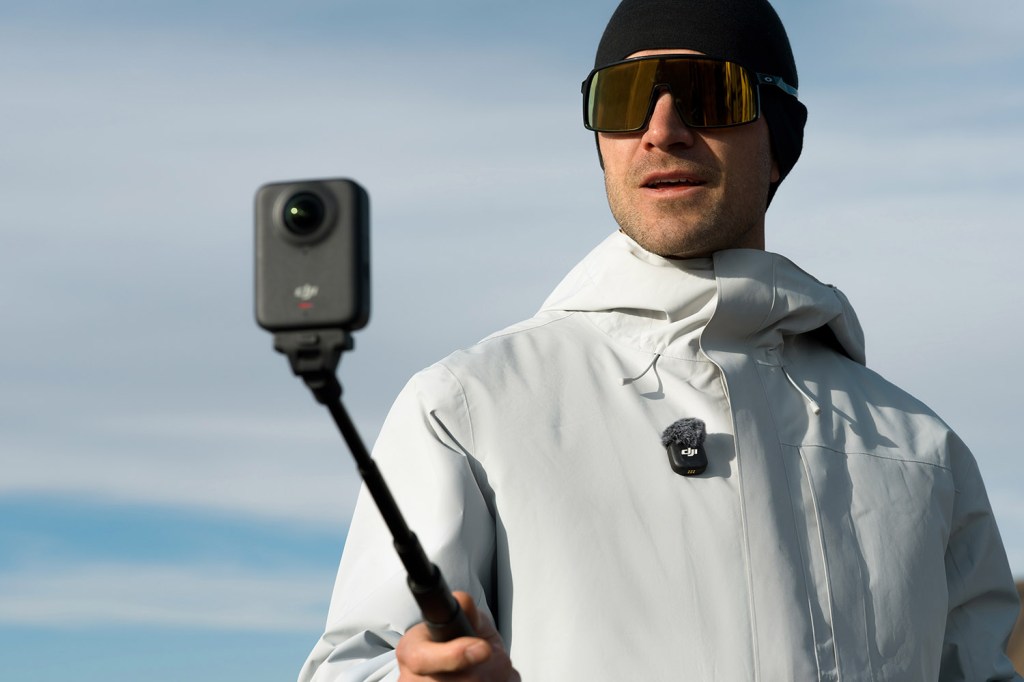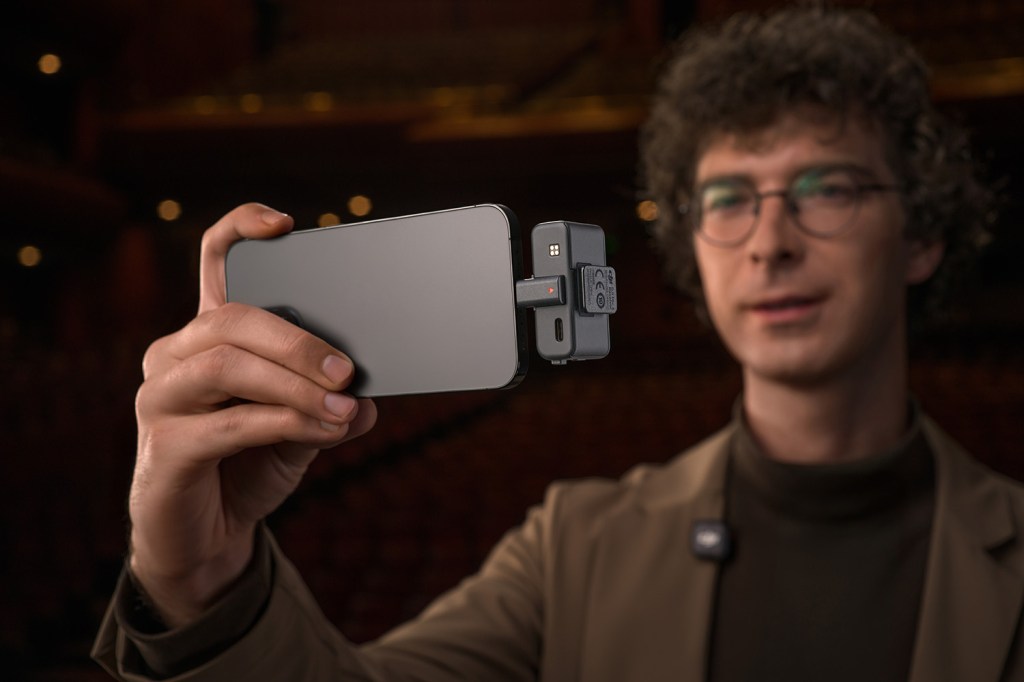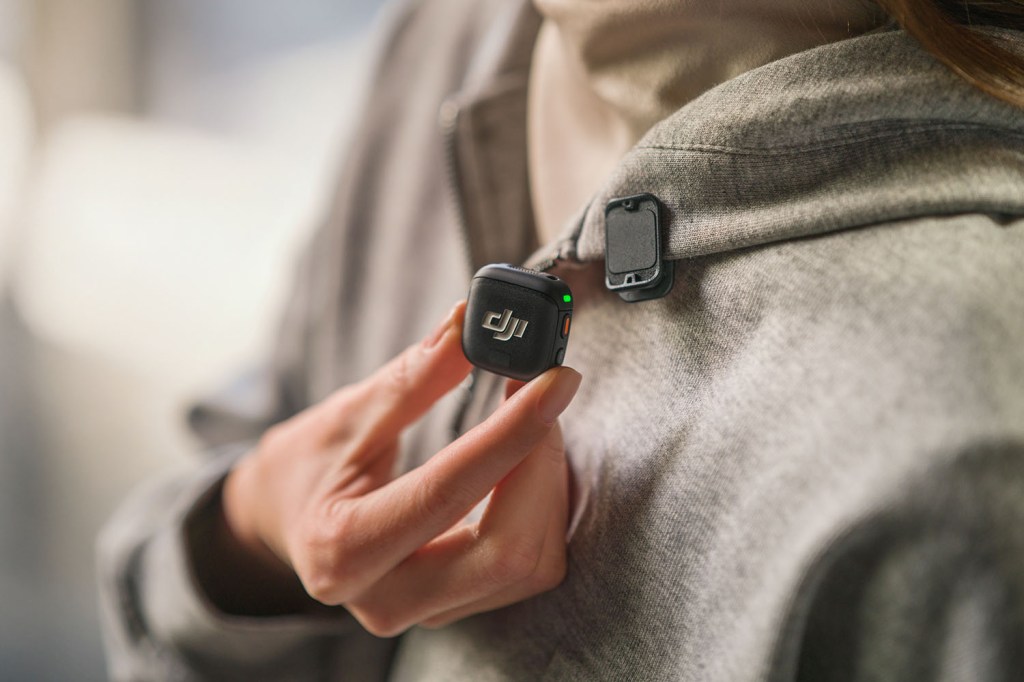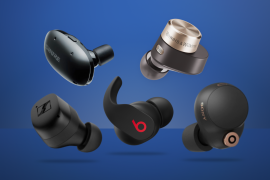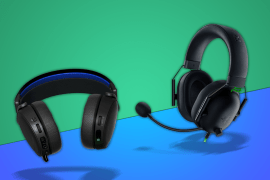DJI’s latest wireless microphone is smaller, cheaper and more pro-friendly than its predecessor
DJI Mic 3 improves on the excellent Mic 2 in a variety of ways
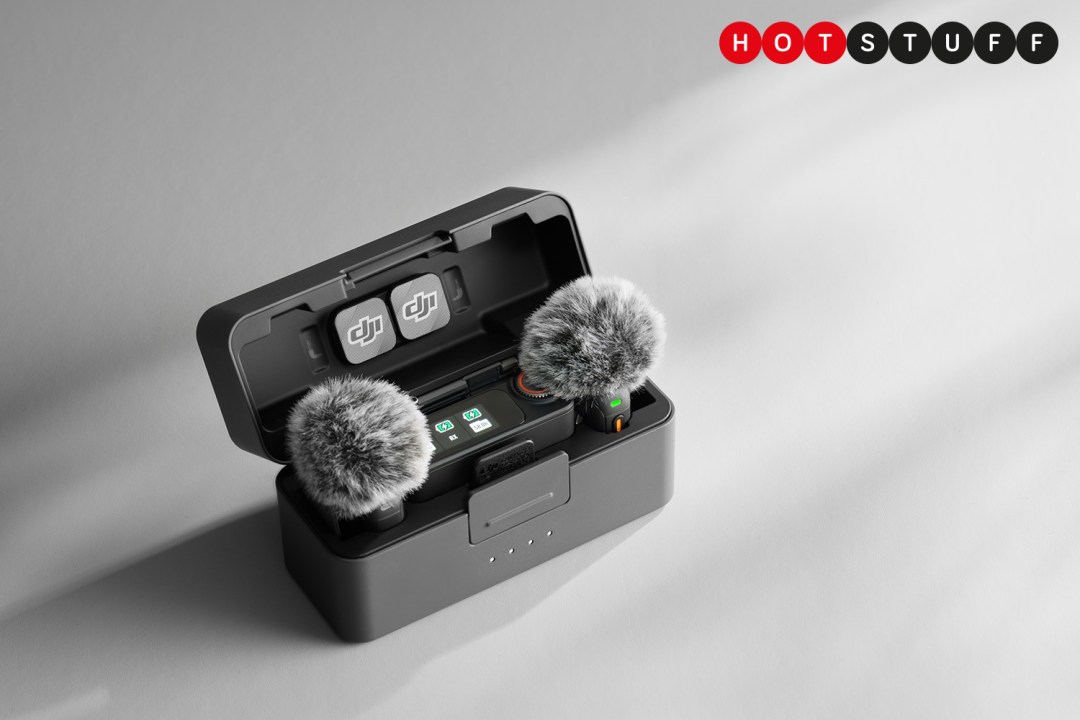
It’s only been about 18 months since the DJI Mic 2 arrived and claimed its spot as king of the wearable wireless microphones market, but the new Mic 3 looks destined to usurp the throne.
DJI’s latest mic, which is available to order now from £169, takes the best of the Mic 2 and sprinkles in a touch of the ultra-compact entry-level DJI Mic Mini. The biggest thing about it is how small it is: with a transmitter around half the size of the Mic 2’s, it’s barely heftier than the Mic Mini.
The charging case has also been overhauled. It’s now smaller than the Mic 2’s equivalent but somehow roomier inside, and with more battery muscle. The Mic 3 case has room for not only a couple of transmitters and a receiver, plus clips and magnets for mounting, but a pair of furry windscreens and a 3.5mm to 3.5mm cable for hooking the receiver up to a camera. And a fully charged case will give you enough juice for up to 28 hours of audio capture, up from the Mic 2’s 18 hours.
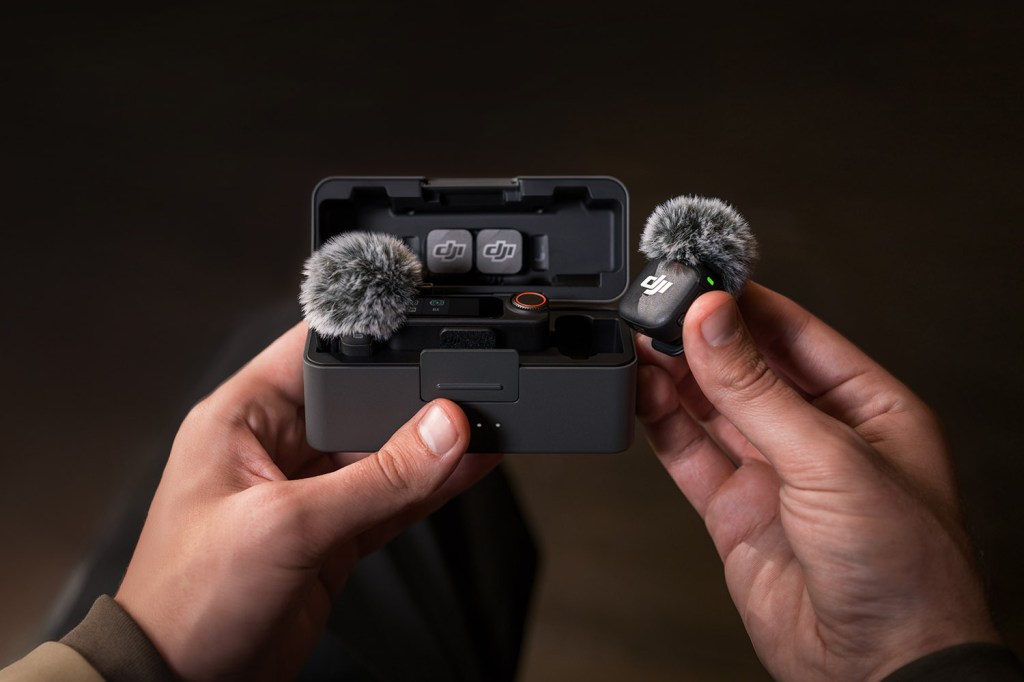
There are spec bumps in several areas too. The Mic 3’s wireless transmission range has been brought up to the Mic Mini’s 400m maximum, while the Mic 2’s was 250m. On-board storage for the transmitters, meanwhile, has quadrupled from 8GB to 32GB, giving users space for many hours of recordings, including at pro-level (and data-heavy) 32-bit float quality.
The DJI Mic 3 has broadly the same audio quality as its predecessor, with a choice between 24-bit/48kHz recording and the aforementioned 32-bit float, but makes notable tweaks even here. Noise cancelling now has two levels rather than one, there are three vocal style presets to change the character of voices slightly, and it’s now possible to beam full lossless, uncompressed audio from the transmitter to the receiver.
Pairing options
Like the Mic 2 and Mic Mini, the Mic 3 is also part of DJI’s OsmoAudio ecosystem, meaning it can pair directly to cameras like the DJI Osmo Action 5 Pro and Osmo Pocket 3 to provide high-quality audio without the need for a receiver.
Perhaps the highlight addition on the recording front, however, is Adaptive Gain Control, promising to adjust gain on the fly to ensure your recordings won’t clip out unexpectedly when a bus drives by or a friend, sharing the same mic, happens to be a little closer than you when they speak into it.
There’s good news for production pros, too. The Mic 3 features timecode, a first for a DJI wireless microphone, and can be combined into a four-transmitter, eight-receiver setup for multi-camera group recordings.
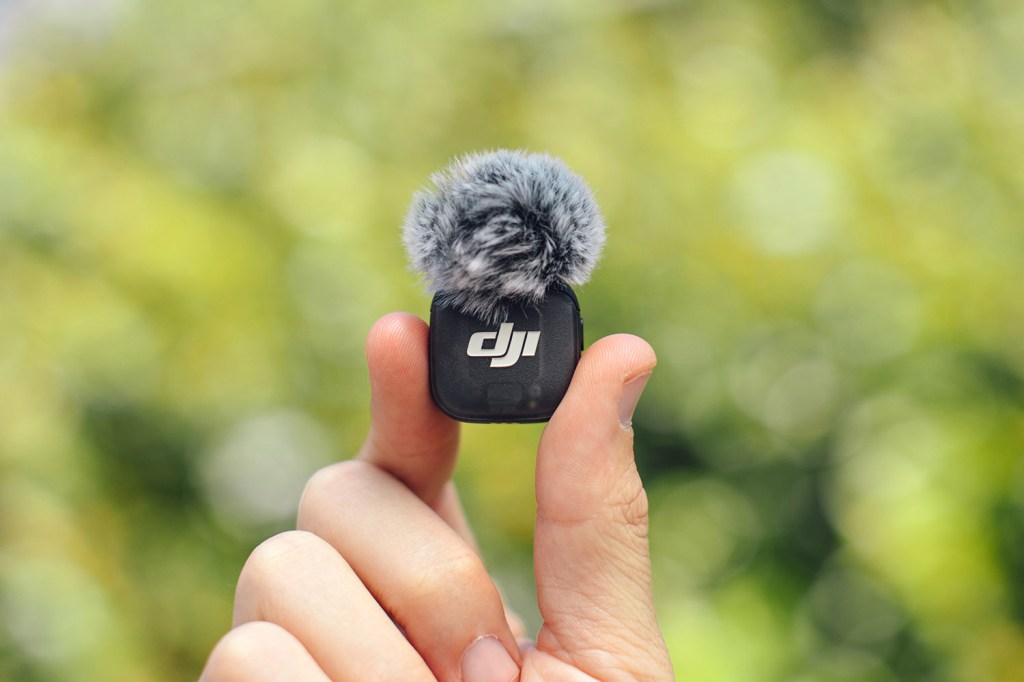
You’d think that all this would cost a lot more than the Mic 2, but DJI has kept the price mercifully low. Lower, even, than the Mic 2 was at launch, in fact. The full DJI Mic 3 package, compromising two transmitters, a receiver, a charging case, magnets, clips, cables and windscreens, is just £259, while a simple receiver and transmitter combo is £169. Individual bits and pieces can also be purchased separately, so you can grow your setup as required.
You’ll notice we haven’t included a US price, and sadly that’s because DJI has no current plans to officially launch the Mic 3 in the States. It’s all down to the current confusion around tariffs, of course, and while DJI says it is looking at ways to make the DJI Mic 3 and other recent launches like the Osmo 360 available in the US, it’s not arriving for a while at least.
